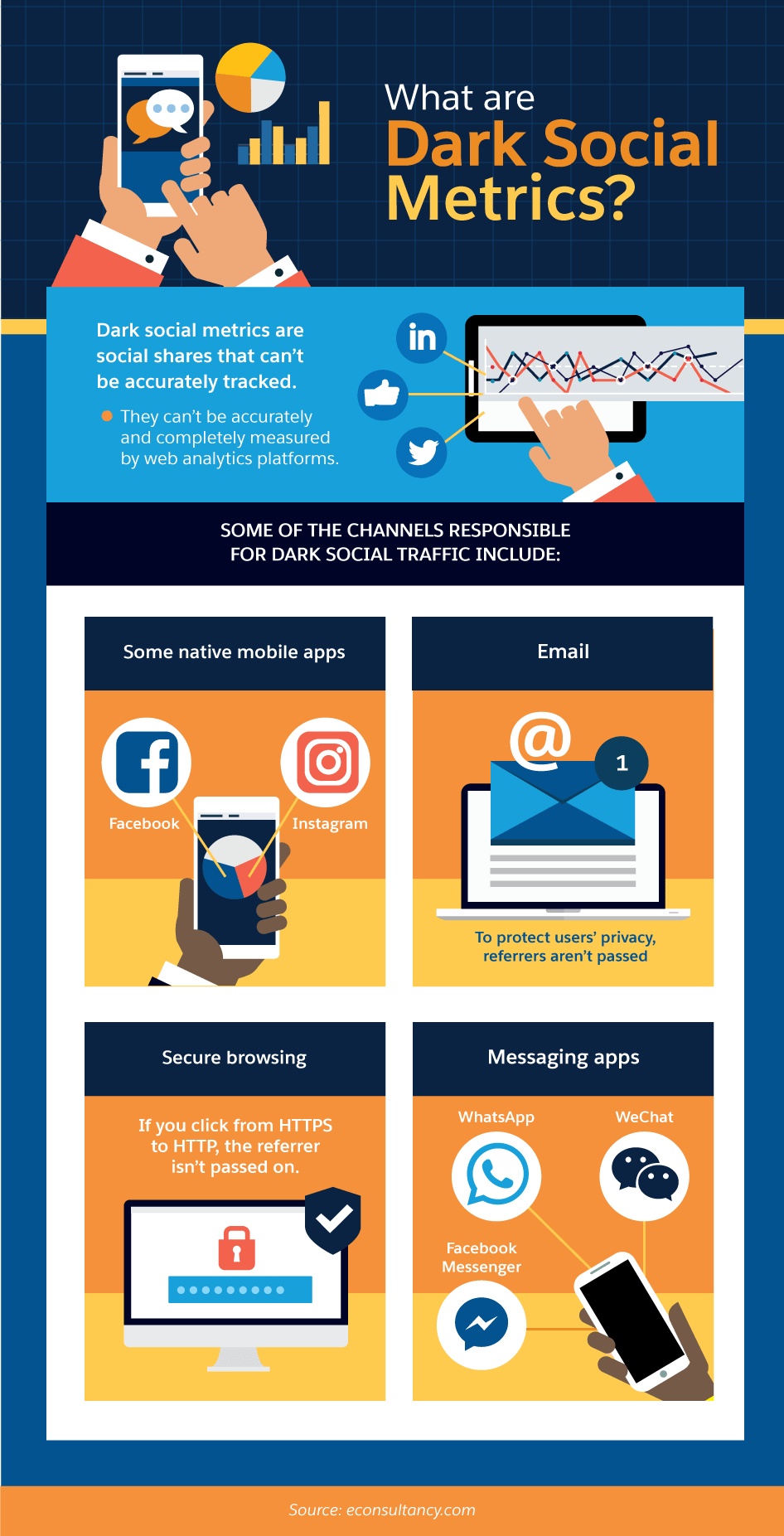A social media presence has evolved into an essential aspect of modern business practices. Social media is a must if you want to be successful. That much is self-evident.
However, how to sell your business online matters just as much. But, if you make the wrong decisions, your online marketing activities can negatively influence your bottom line. A social media marketing strategy is therefore essential, and it should be followed religiously.
Understanding Social Media Marketing
One of the most revolutionary breakthroughs in marketing is social media marketing (SMM). Using social media sites such as Facebook, Twitter, Instagram, Pinterest and TikTok, SMM aims to promote brands while also growing the size of the target audience, driving traffic to the website, and boosting sales.
Here are some of the steps you can follow in order to develop that plan:
1. Hire A Social Media Marketing Agency
Doing SMM can be daunting and time-consuming. The time you spend monitoring your business’s social media accounts could be better spent running your business. Because of this, it is recommended to outsource this task to a social media marketing agency instead of having to do it yourself. You will need the assistance of Agencies as passionate as you are, who are well-versed in the relevant technologies, terminology, and tools and can lead you in the right direction.
2. Set Realistic Social Media Marketing Goals
Many businesses that are active on social media face the challenge of not taking the time to establish SMM objectives that are relevant and attainable. They know they need to have a social media presence but have no idea what they should post or why.
Your strategy must, of course, be integrated into the larger picture of your business planning. In an ideal scenario, you will already have established some strategic goals for the direction in which you want your business to develop. Your goals for social media marketing should be designed to complement your overall business objectives.
Here are a few examples of goals that businesses of all sizes can work to achieve:
- Boost Brand Awareness
- Generate Leads And Sales
- Expand Your Brand’s Audience
- Increase Community Engagement
- Drive Website Traffic
Any combination of these objectives can be pursued, and doing so can also assist you in better understanding which networks and markets should be targeted. When in doubt, simplify your social media marketing approach rather than adding too many objectives that could be distracting.
3. Choose Platforms
You must identify your most essential distribution channels and devise strategies for each one.
Selecting which social media networks to use can be a daunting and intimidating process. Not all platforms require your presence, but a few are highly encouraged. When it comes to platforms, there are plenty to choose from. Start with the most common social media platforms: Facebook, Twitter, Instagram, Pinterest and LinkedIn. Do some research about your community and the platforms they are using.
Demographics are crucial to connecting social media outlets to your audience. Late teens and early 20-somethings favour Instagram, Twitter, and Snapchat, while those in their mid to late-twenties choose LinkedIn and Facebook.
Here are a few useful tips about the most fundamental social media accounts:
- Maintain a healthy balance between having fun and being productive. All work and no play make an uninteresting presence, and nobody will want to follow someone like that.
- Make use of relevant hashtags.
- Include a strong call to action.
- Make use of the more advanced targeting options.
- Promote your fan page on your other internet platforms to increase its exposure.
- Participate in discussion groups and provide something of value.
- Incorporate links into the body of your content.
- Decide the time to post.
- Engage.
4. Choose The Right Social Media Management Tools
The best social media tools allow you to manage everything from one source. With these tools, you can automate, analyse, and manage your accounts so you can focus on making the kind of content your audiences need. That’s why it’s important to have them.
Apps for social media management serve a purpose: they simplify and expedite the process of managing your brand presence on different social media platforms.
5. Put Up A Listening Structure
Social media posting is just the beginning. Any good plan involves social media listening. Finding and monitoring online conversations is what’s meant by ‘listening.’ Conversations will help you identify patterns and trends that you can use to your advantage, and you can do this by listening to them.
You must monitor how consumers interact with your content and brand to measure the success of your campaign. It will help refine your plan and improve future advertising.
A solid media listening framework includes several forms of reporting:
- Gain insight into your audience by conducting an audience analysis. Determine which content connects most with your market.
- Understand what others say about your business and issues, and invest your time and resources wisely. This can be processed by automated machine learning and natural language processing (NLP). Gather information on how your competitors’ followers interact with them. Recognize innovative approaches to interacting with your audience
Look for reporting systems that allow the correct insights to reach the right individuals at just the right moment so that action can be taken quickly. Stakeholders can better measure the impact of their initiatives and adapt by having these insights readily available to them.
6. Analyse And Adjust
Analyse your data to see what SMM strategies worked and what didn’t. You may have had more success publishing in the morning and not later in the day. Alternatively, one form of visual information or messaging was more effective at capturing viewers’ attention than another. Implement adjustments to your strategy based on the lessons learned in the last campaign.
Conclusion
Nothing is ever truly settled. The social media world is quite fast-paced. New networks are formed while existing ones experience demographic alterations. In the same way, your company will go through phases of transition as well.
The takeaway is that your strategy for marketing via social media should be a living document that you regularly analyse and adapt as necessary. Make use of it to ensure that you stay on track, but don’t be afraid to make adjustments to ensure that it mirrors any new objectives, methods, or strategies.




